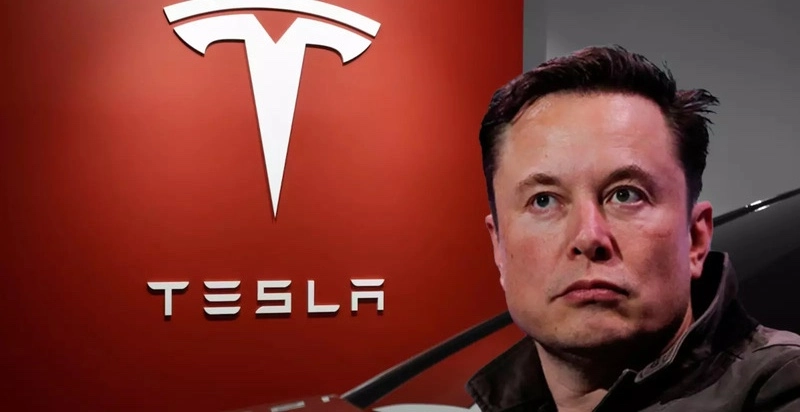Tesla‘s adjustment was highlighted in the new sustainability report published by the company, signaling significant competitive and growth challenges in the Asian and European markets.
“Our aim is to build and deliver 20 million electric vehicles (EVs) per year by 2030, and to achieve this goal, we need to make our products accessible,” the company declared in last year’s report.
This echoed the 2020 statements of its founder, Elon Musk, who had set a target of selling 20 million cars by the end of the decade, nearly double the annual sales of Toyota, the world’s largest car manufacturer.
However, in the newly released document, Tesla has omitted this strategic objective, and the 2030 date does not appear in any of the report’s 160 pages.
Instead, its new goal is to “replace fossil fuels by selling as many Tesla products as possible and making them more accessible.”
This underscores the brand’s shift towards reducing product costs to maintain and grow its global market share.
The company has managed to lower the manufacturing price of a single vehicle by nearly 50 percent since 2018, through expanding its product lineup with models such as the Model 3 and Model Y, and deploying more efficient factories.
Despite these efforts, its shares dropped over two per cent on the Nasdaq, falling to 175.62 dollars, after losing nearly 30 percent of their value since January.
The decreasing customer interest in electric vehicles, favouring other technologies like hybrids, combined with intensified international competition from Chinese brands, has led to a decline in Tesla’s business across various regions.
In 2023, the firma sold 1.8 million cars but has warned in its recent reports and statements that it will grow at a “significantly slower” pace this year.
In the impact report, where it presents its own statistics on environmental impact, water use, and workplace diversity, the company also disclosed its stance on relations with metal suppliers.
Amidst rising demand for these minerals for electric vehicle batteries and the tariff war between the United States and China, Tesla asserts that “no materials used in our supply chain come from unauthorised sources.”
“We are working with Glencore to implement a satellite tracking system for Kamoto Copper Company operations in the Democratic Republic of Congo,” the company noted, dismissing concerns about child labour in its manufacturing processes.
Tesla also clarified that its nickel cathodes will continue to require cobalt, though “less” than other batteries and brands in the sector.
“We are increasing the use of cobalt-free iron batteries, especially for energy and standard range products,” it added.
Furthermore, the company emphasised that its batteries are designed to outlast the vehicle’s lifespan: after over 200,000 miles (approximately 320,000 kilometers), the Model 3 and Model Y retain an average of 85 per cent of their original capacity.
None of these batteries end up in landfills, as the brand states, at the end of their life cycle, they are recycled to create entirely new battery packs.
Unlike the extraction of fossil fuels, the raw materials required for batteries are not single-use; they can be recycled and repurposed for manufacturing new products.







